If you’re a Telecom Engineer and Hungry, this article is for you 🙂 During my discussion with my non-telecom friend, he was asking about the Telecom tower’s radiation and how it’s radiating the signals to the mobile equipment and then asked about the radiation of MicrowaveOven! Here, I remembered when I searched for this topic 13 […]

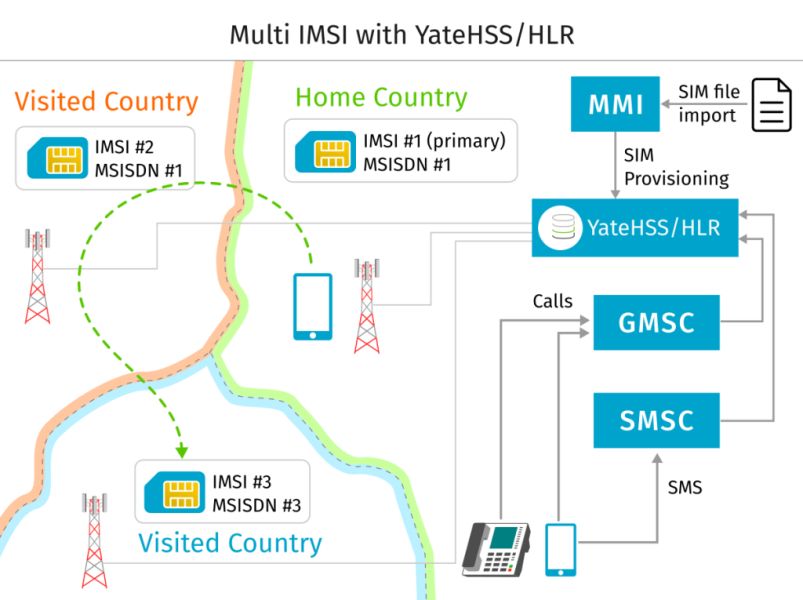
At a conceptual level, the SIM identifies the subscriber to the network and enables this identity to be securely authenticated. When a device connects to a network, the SIM in the device sends the network its IMISI, and then it passes the network a key. On the network side, there is a list of IDs and a […]
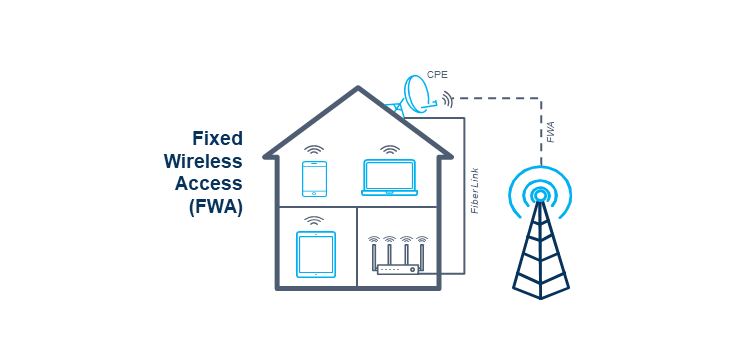
5G has made it possible for wireless networks to compete against fiber, satellite, xDSL, and cable in delivering high-speed broadband service to residences and businesses at attractive prices through FWA. What is FWA? Fixed Wireless Access (FWA) is a method of connecting subscribers to broadband Internet access using a wireless alternative to traditional copper cables and/or fiber. How does 5G […]

5G defines the use of wide radio channels. Whereas 4G is limited to a maximum radio channel size of 20 MHz, 5G standards specify the use of radio channels up to 100 MHz in frequency bands below 7 GHz and up to 400 MHz in mmWave radio channels at 24 GHz and higher. Beyond these […]
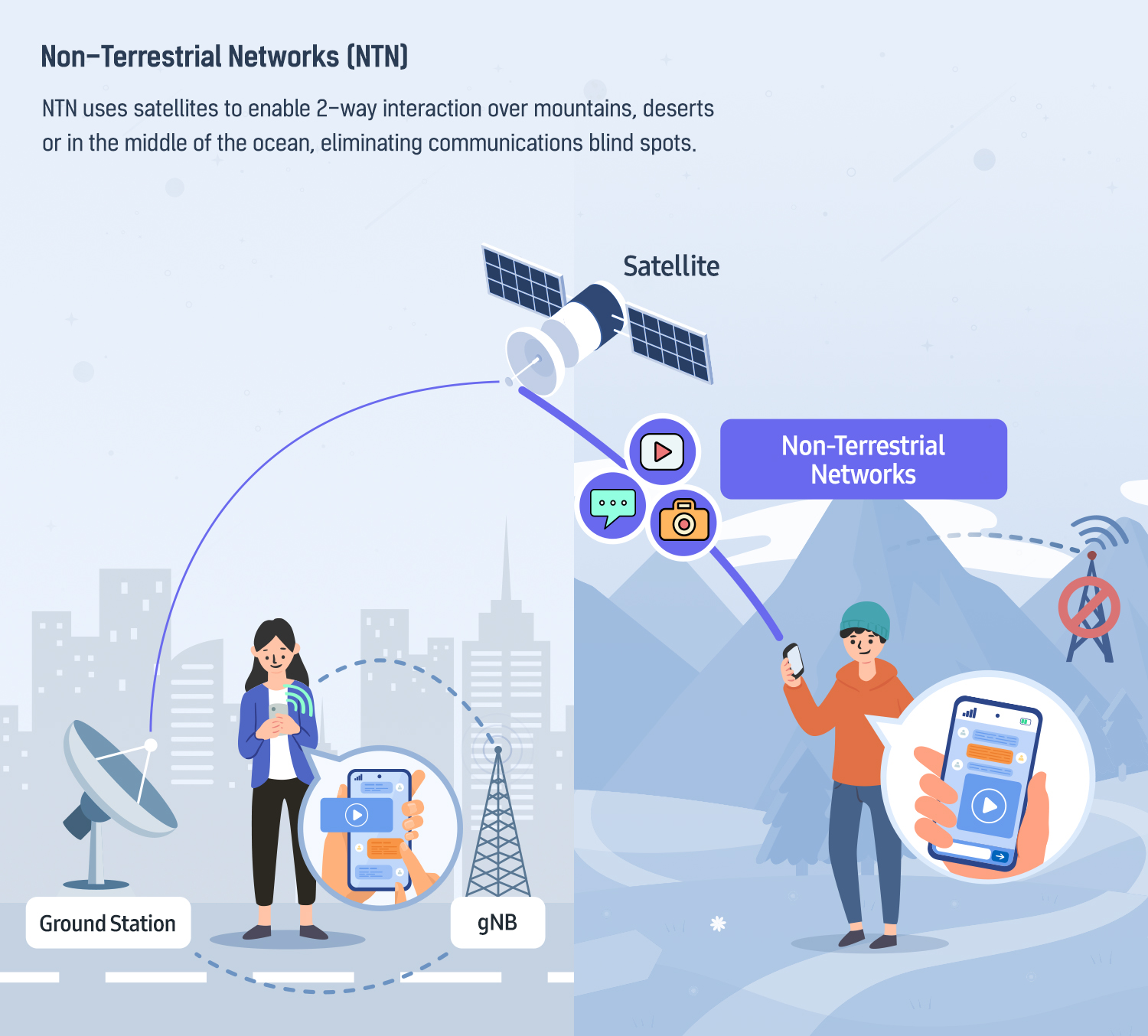
From the perspective of global network coverage, more than 80% of land areas and 95% of sea areas are not covered by ground cellular networks. The 5G network was built not only to provide high network speeds, but also ubiquitous mobile network access. However, in remote areas such as mountainous areas, deserts, and the ocean, […]

5G delivers higher data speeds, and lower latency, and supports more users, devices, and services while simultaneously improving network efficiency. As defined by the Third-Generation Partnership Project (3GPP), the 5G core (5GC) network is a cloud-aligned, service-based architecture (SBA) and covers all 5G functions and interactions. The converged 5GC lays the foundation for a single […]
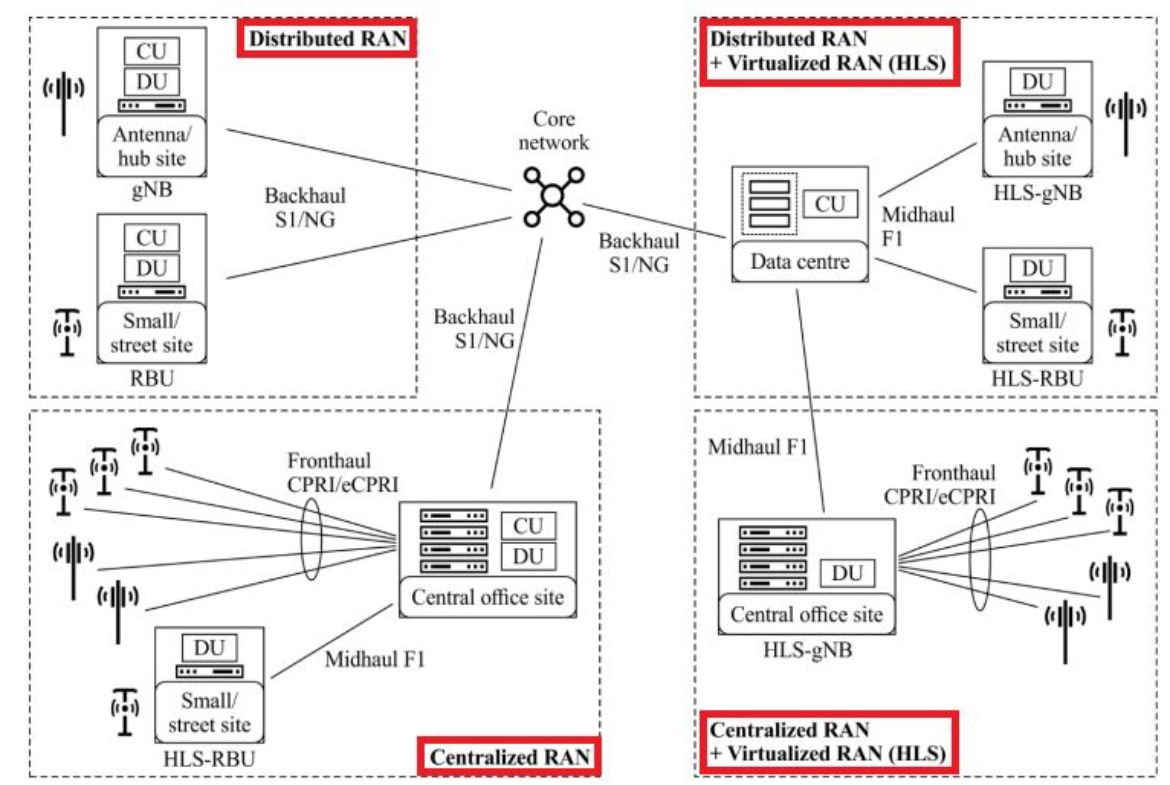
📕 5G network comprises a remote radio unit (RRU), distributed unit (DU), a centralized unit (CU), and a core network. The terms fronthaul, midhaul, and backhaul are describing the 5G transport network support for the interfaces between these nodes. 📕 A Fronthaul transport network supports the low-layer functional split point of 3GPP NG-RAN (e.g., Option […]
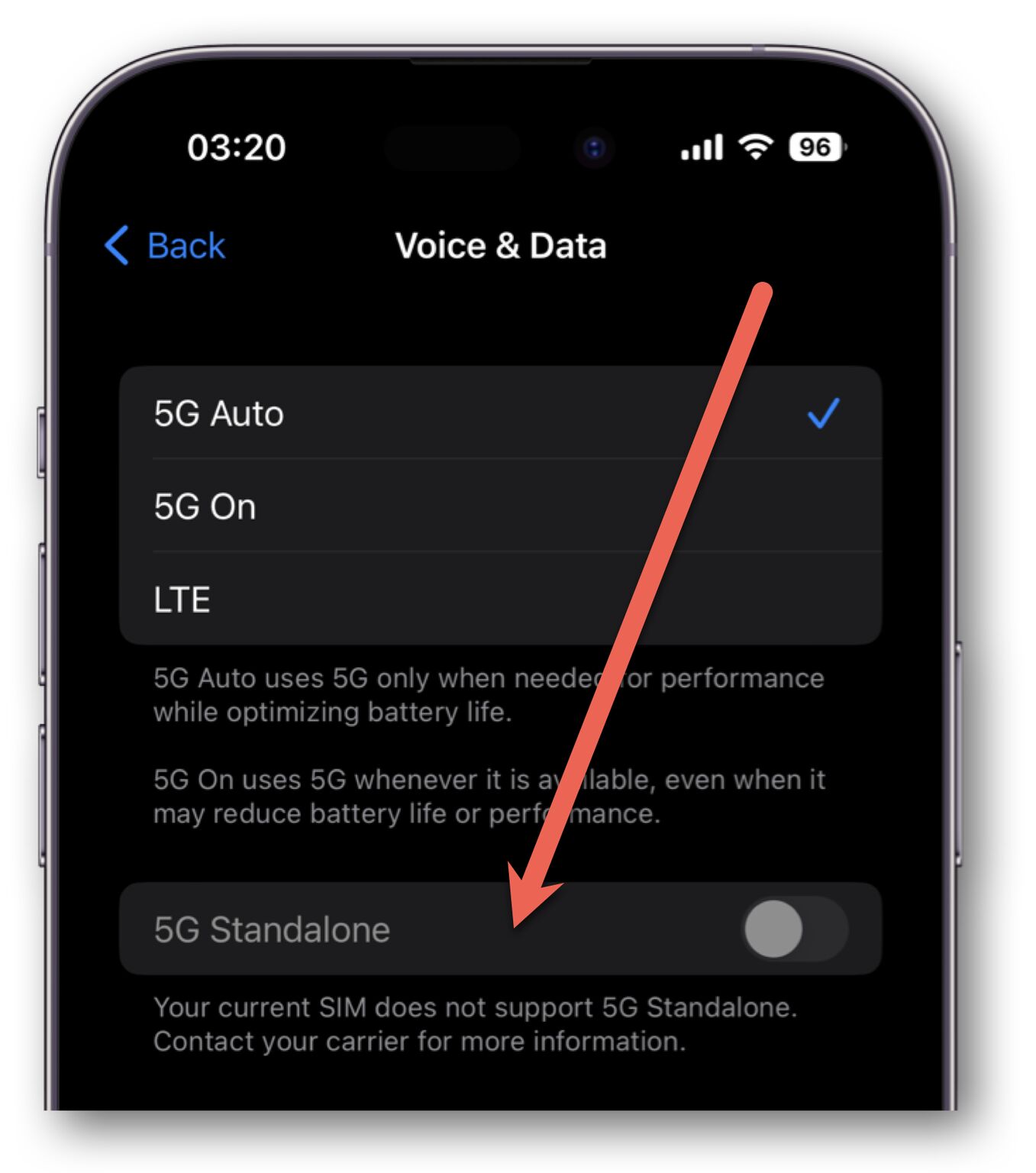
📗 In 5G SA, NR will enable the service provisioning through gNB (gNodeB) which connects to the new core 5GC (5G Core Network) using NG Interface. 📗 According to GSMA, by 2025, 5G networks will cover a third of the population (measuring 1.8 billion connections) and as per GSA, 116 operators are identified as investing in […]
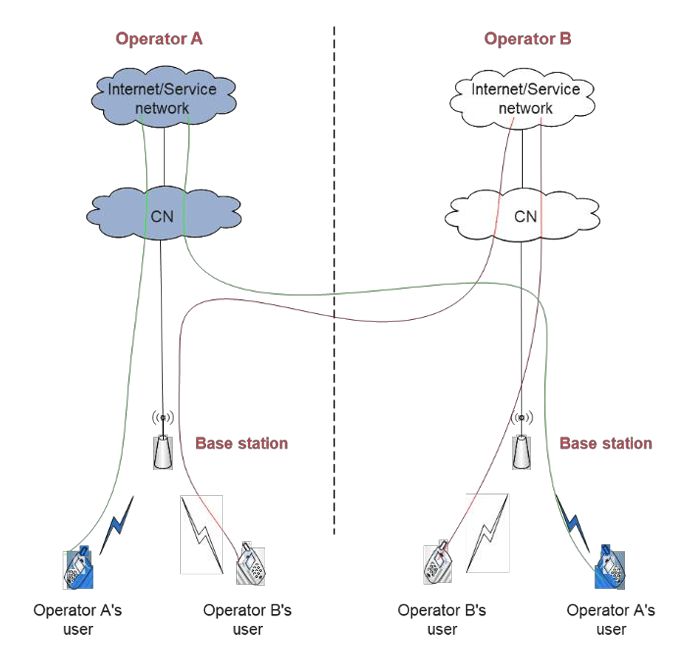
Mobile communication network sharing refers to the sharing of infrastructure or communication equipment among multiple operators. The infrastructure includes towers, buildings, and equipment rooms used for deploying base stations, whilst the communication equipment includes RAN, transport network, and CN equipment. Network resource sharing includes active sharing and passive sharing. Passive sharing refers to the sharing […]

When we’re discussing vRAN and Open RAN topics, we’ll find ourselves facing some questions about the performance and cost. The highly common question is ” Can virtualized RAN deliver the same performance as traditional RAN? ” I see it’s a valid and logical question especially since no one will invest with at least a guaranteed […]
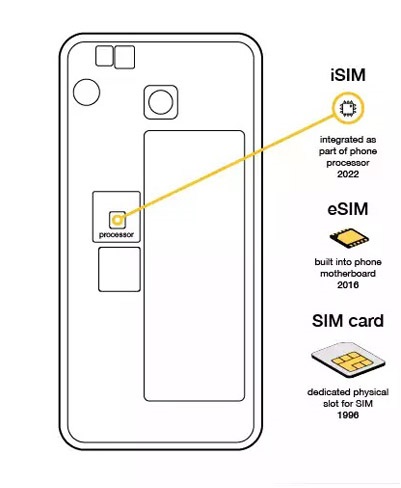
SIM (Subscriber Identity Module) is a reliable method of identifying users, checking the authenticity of endpoint devices, and securing their data. 📗 Over the years, SIMs have shrunk from the original plastic card to Mini-SIM, Micro SIM, and finally Nano-SIM. Regardless of the packaging, all SIMs are built on smart card (UICC) technology similar to […]

As we know that RAN, Radio Access Network, is divided into two main components: -> Baseband Unit (BBU). -> Radio Unit (RU). The move from D-RAN to C-RAN then v-RAN and O-RAN depends on how to deploy these two RAN components. MNOs want to #centralize the RAN control functions to improve overall performance, gain efficiencies, and reduce […]

All notes you should know about 5G mmWave Band. 🔋 5G mmWave refers to the higher range of radio frequencies (above about 24 GHz) supported by 5G. Also, it’s called FR2 or Frequency Range 2. 🔋 5G mmWave provides a significant capacity increase with an additional spectrum. 🔋 5G mmWave FR2 Frequency rand is FR2-1 […]

SMS, Short Message Service, is a secure system that helps protect your customers’ and employees’ data and allows you to contact all users who have a mobile phone. 📕 In 2G and 3G, MAP protocols have been defined to support the SMS. MAP interface is built on top of SS7 (TDM or SIGTRAN) using the following layers […]
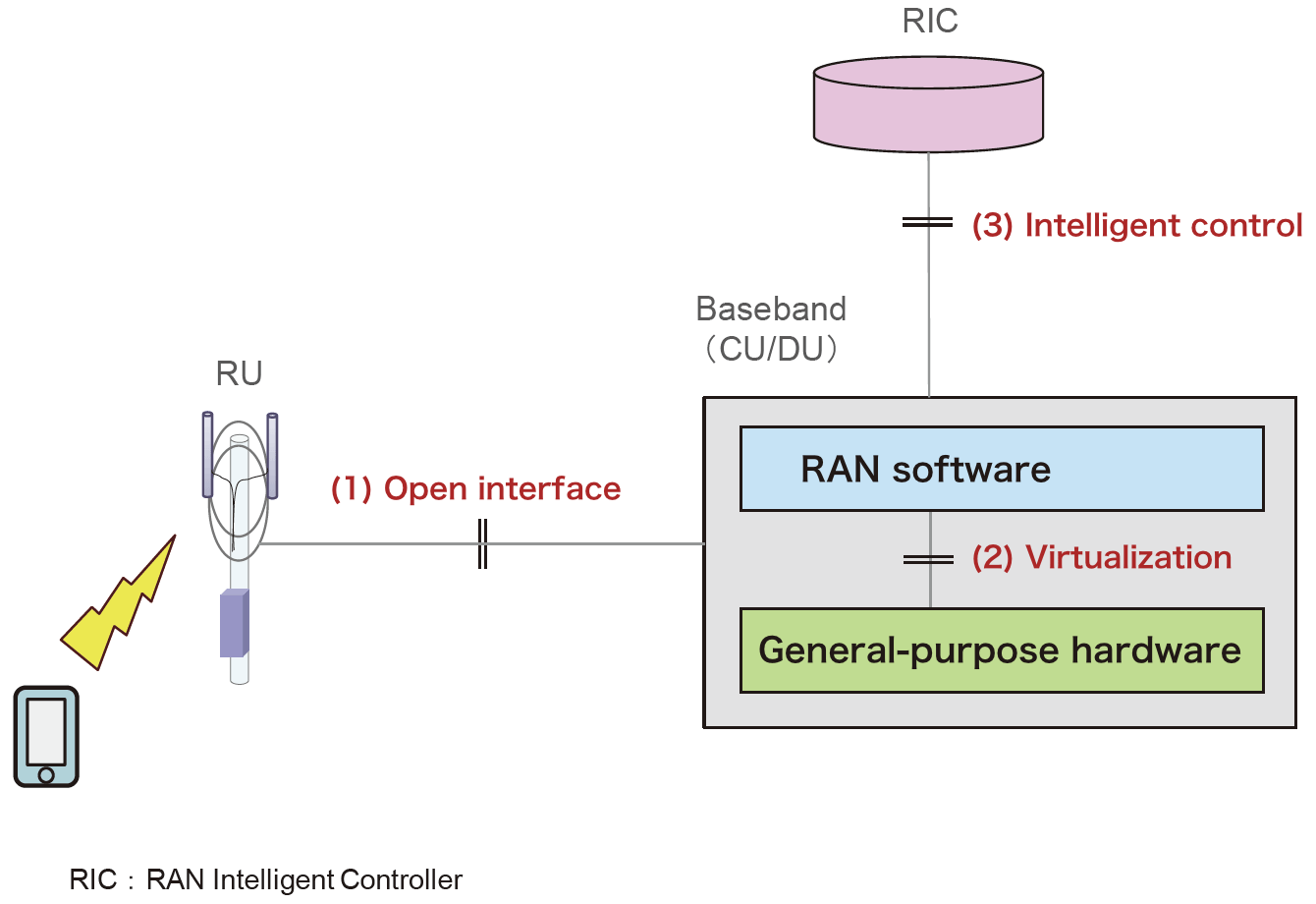
The open radio access network or Open RAN can be broadly divided into the following three elements: Open interfaces that combine RAN equipment from a variety of vendors. Virtualization (i.e., virtualized RAN (vRAN) that enables hardware and software inside RAN equipment to be separated. Intelligent control that optimizes and automates RAN operation. Open RAN can […]

3GPP consists of three Technical Specifications Groups (TSGs) where TSG RAN (Radio Access Network) is responsible for the definition of functions, requirements, and interfaces of the Radio Access. TSG RAN consists of six working groups (WGs): RAN WG1, dealing with the physical layer specifications. RAN WG2, dealing with the layer 2 and layer 3 radio […]
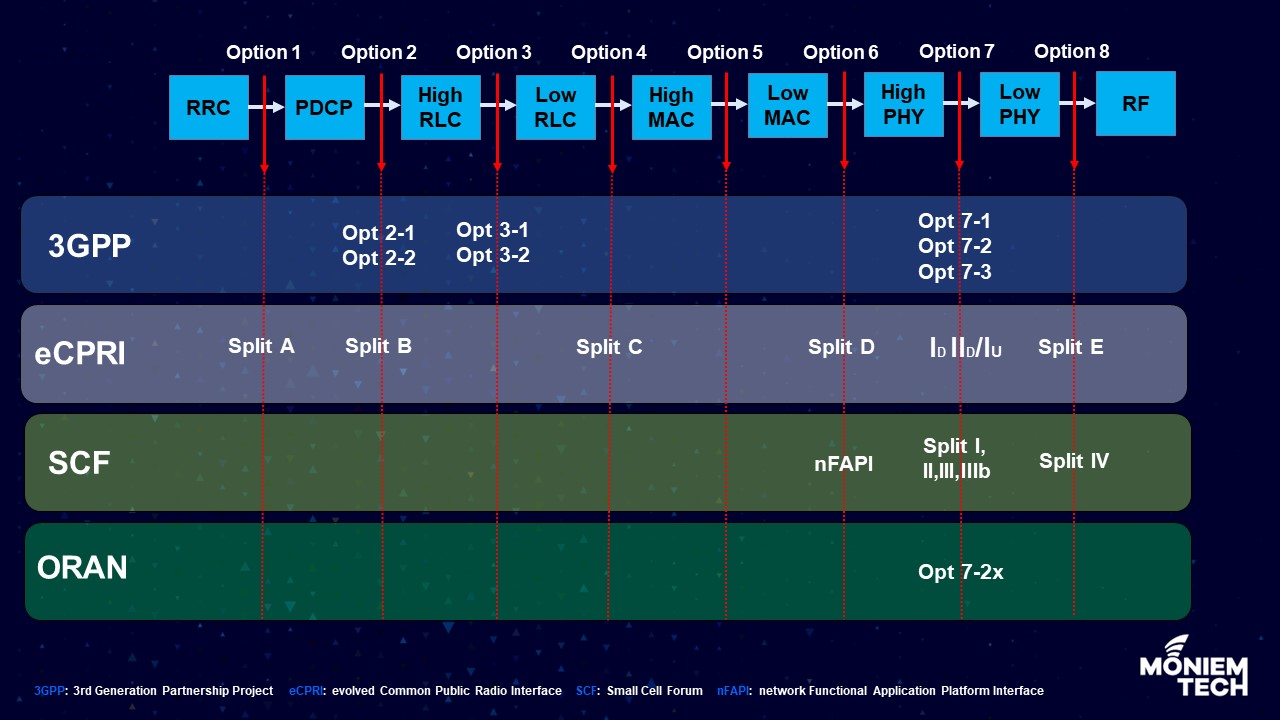
The increase in data rates in 5G makes it impractical to continue with the conventional CPRI fronthaul implementation. Moving towards a higher layer split would relax the latency and bandwidth requirements, but then fewer processing functions can be centralized. It is thus critical that the new functional-split architecture takes into account technical and cost-effective trade-offs […]
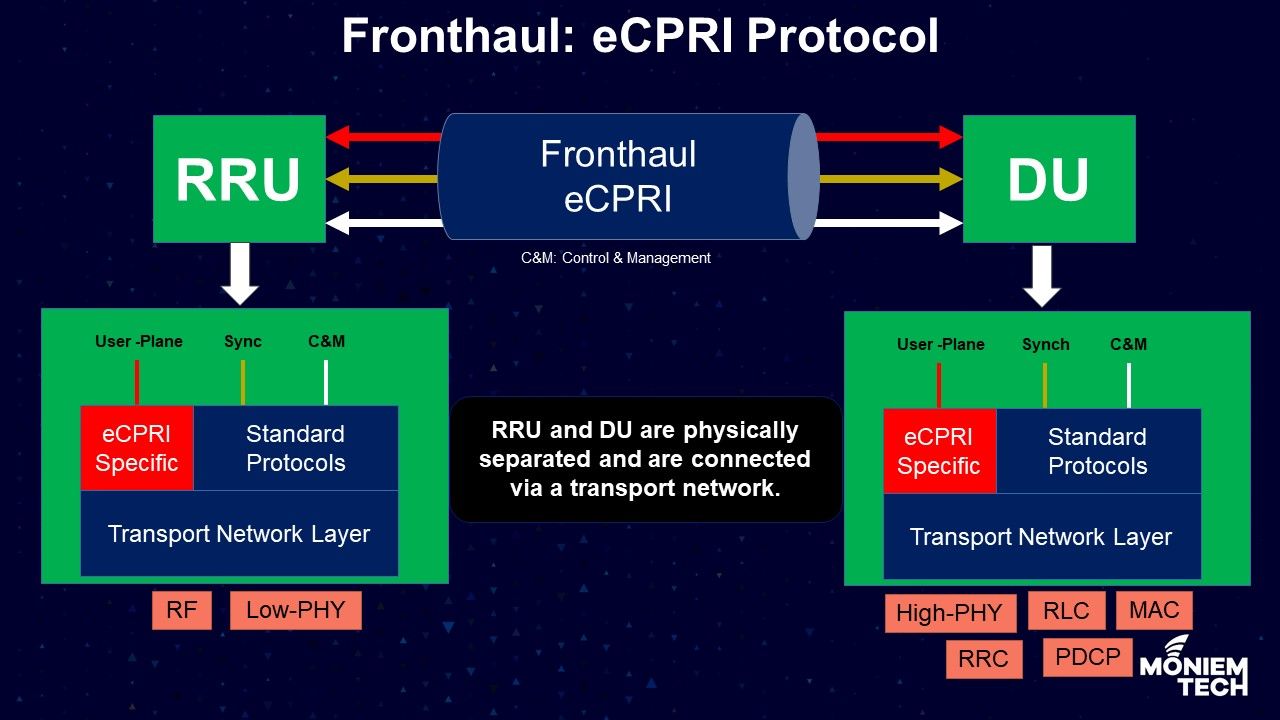
As I received many messages during the last week about the eCPRI topic in 5G and OpenRAN, I prepared some notes about this. eCPRI is replacing the CPRI protocol in 5G to reduce the bandwidth BW requirements of CPRI transport and making Fronthaul affordable and available for all mobile network operators. It improves transport efficiency to match the Speed and […]
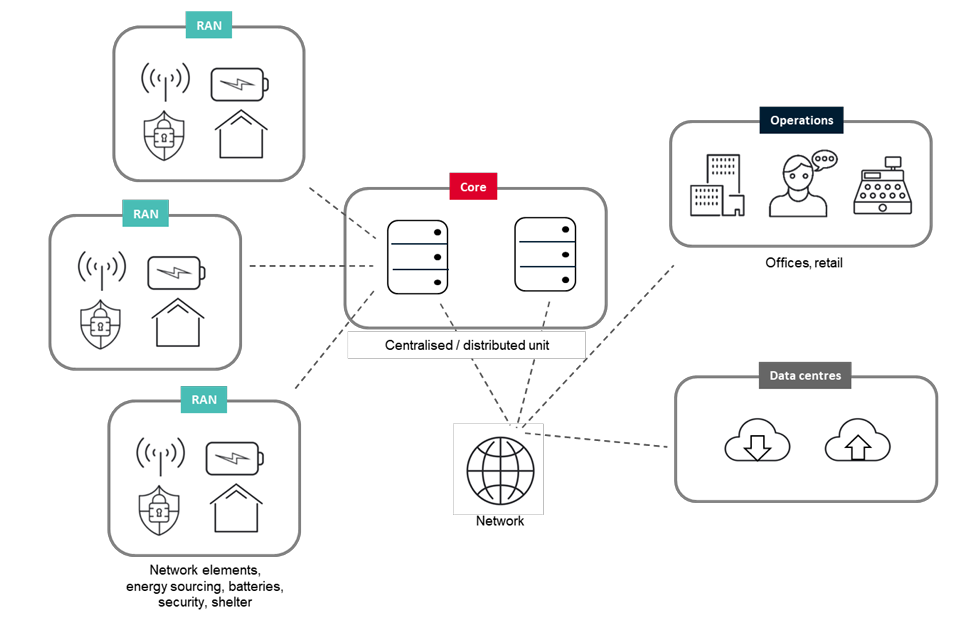
There’re many factors that impact the energy consumption in the mobile network operators, some of them related to climate, population density, and data consumption levels, while others are related to the network operators themselves or under its control. So there’re two groups as per GSMA benchmarking: Non-network-related variables – those outside the operator’s control (e.g. […]
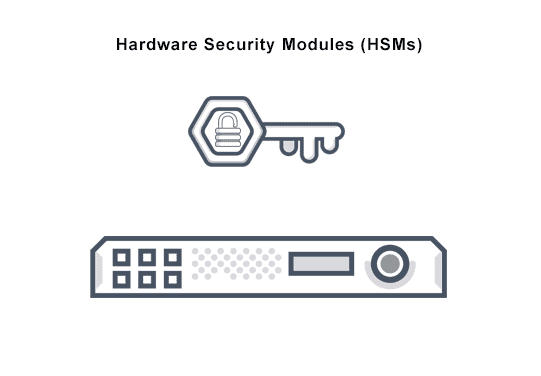
Security is a driving factor in how 5G networks are built and operated – every element of a 5G network is required to have security controls in place for the purpose of delivering confidentiality, integrity, and availability so that the network can provide users with a secure communications platform. What is HSM? HSM (Hardware Security […]
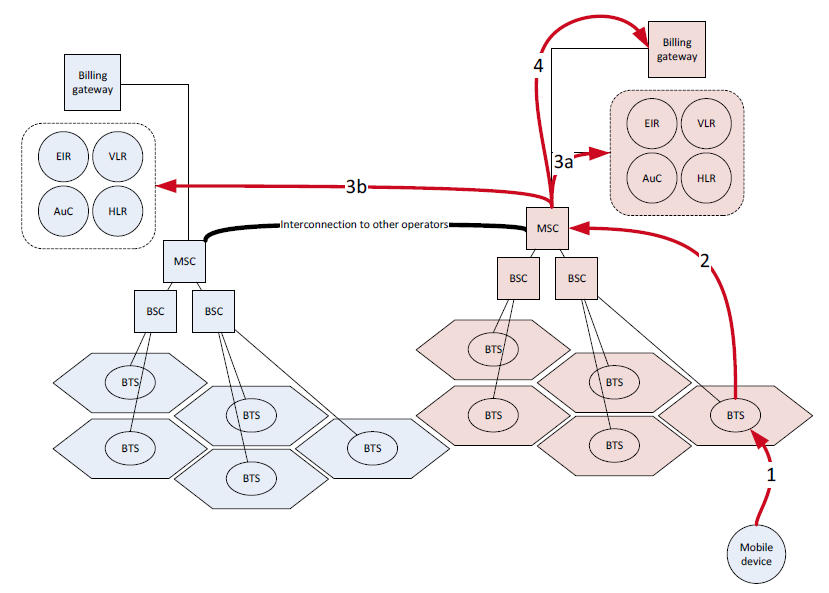
Recently, I received many questions and inquiries about the meaning of Roaming and some interesting questions: What is Roaming? What is the difference between National Roaming and International Roaming? First, all of us know that mobile communication networks and services have become an integral part of everyday life. People are now more and more reliant […]

RAN (Radio Access Network) is the main telecommunication network component that is located between the core network and users’ equipment (such as a mobile phone). RAN is constituted of a Radio Unit (RU), which is the antenna visible on top of a cell tower, and a Baseband Unit (BBU), a set of devices linking the […]
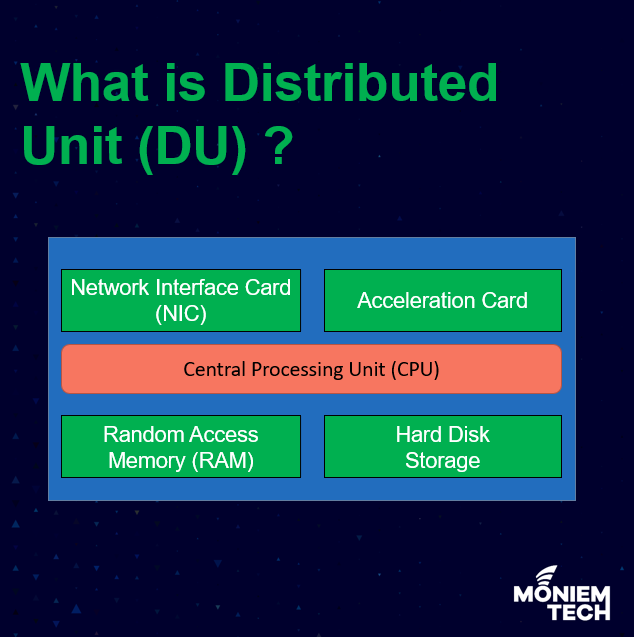
3GPP defined a new RAN architectural in Release 15, where the gNB (Site Name for 5G) is logically split into three entities denoted as: CU: Centralized Unit. DU: Distributed Unit. RRU: Remote Radio Unit. The RAN functions that correspond to each of the three entities are determined by the so-called split points. After a thorough […]
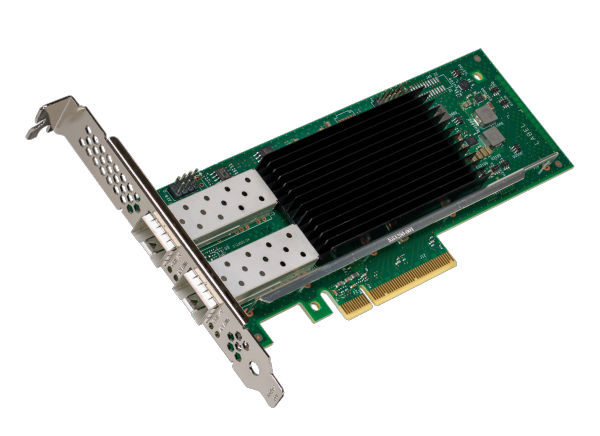
In order to meet the 5G network timing requirements, there is a significant challenge. The challenge is 5G performance requirements driving precise timing needs from cloud to edge. The legacy proprietary solutions rely on high-cost, purpose-built appliances, and specialized network interface cards. 5G deployments demand high timing synchronization across the network and affordable infrastructure costs. […]

The architecture of eNB or gNB with O-DU and O-RUs has some important definitions here: O-DU: O-RAN Distributed Unit: a logical node hosting RLC/MAC/High-PHY layers based on a lower layer functional split. O-RU: O-RAN Radio Unit: a logical node hosting the Low-PHY layer and RF processing based on a lower layer functional split. LLS: Lower […]
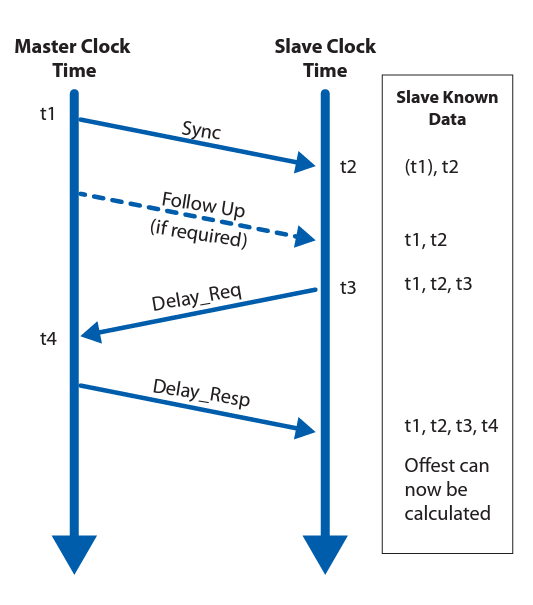
What is PTP? Precision Time Protocol (PTP), defined in the IEEE1588-2008 standard, is a protocol that uses a master-slave hierarchy to synchronize clocks on network devices. PTP uses hardware time stamping to achieve submicrosecond synchronization. PTP defines how real-time clocks in a network synchronize with each other. A network where PTP operates is called a […]
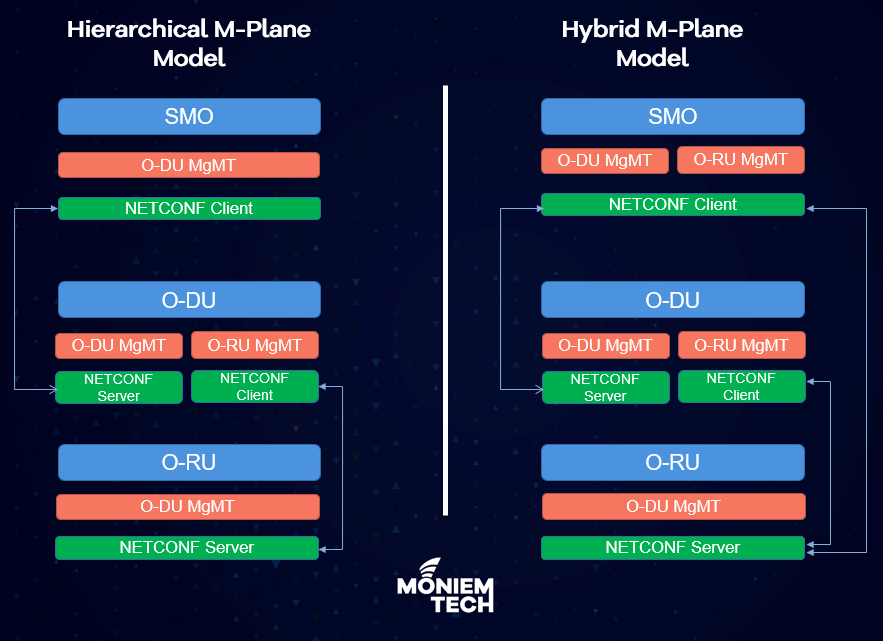
First, to understand the function of the fronthaul M-Plane, let’s remember the Fronthaul Planes, Please read this and continue. What are C/U/M/S Fronthaul (FH) Planes in ORAN ? What is the M-Plane? Management Plane: refers to non-real-time management operations between the O-DU and the O-RU like: Performance Management (PM). Configuration Management (CM). Fault Management (FM). […]
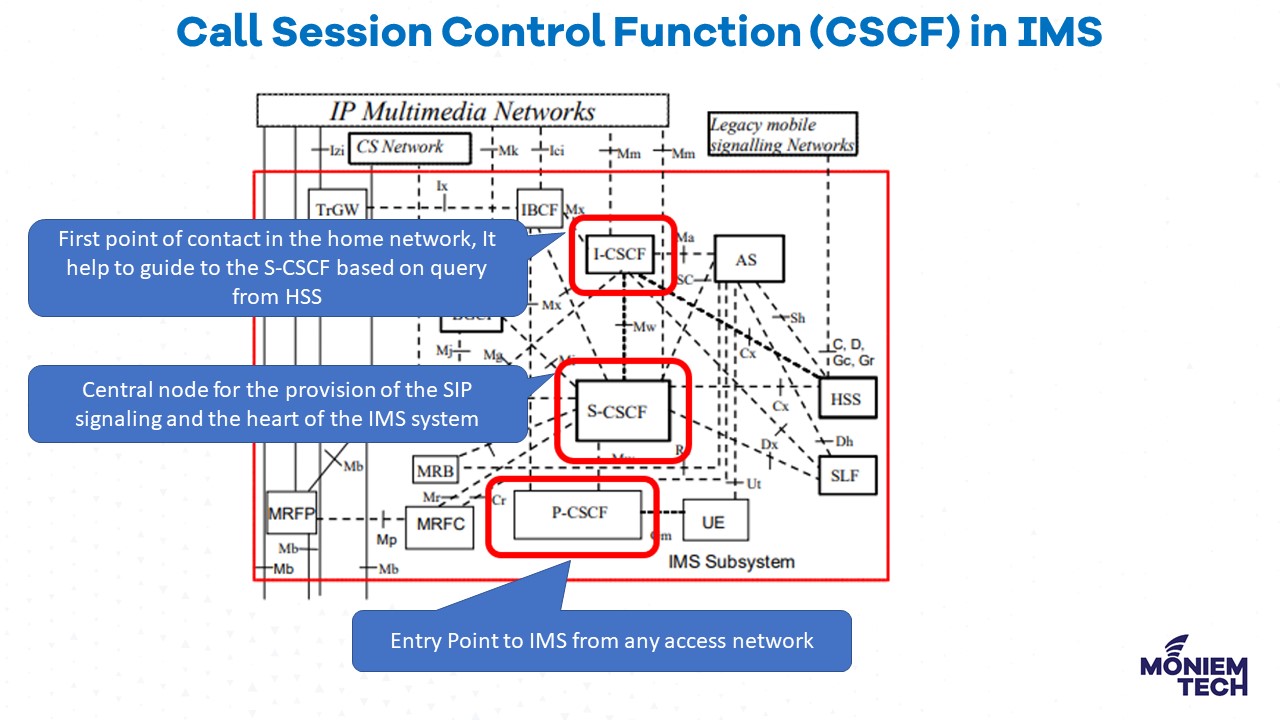
The Call Session Control function (CSCF) is the heart of the IMS architecture and is used to process SIP (Session Initiation Protocol) signaling. The main function of the CSCF is to provide session control for terminals and applications using the IMS network. Session control includes: The secure routing of the SIP messages. Monitoring of the […]

The Security Edge Protection Proxy (SEPP) is a proxy that sits at the perimeter of the PLMN network and enables secured communication between inter-PLMN network messages. It protects the home network and acts as a security gateway. Located at the edge of the network, it polices connections between the home network and the visited networks. […]

When it comes to questioning, Are 5G and WiFi6E friends or competitors, I prefer to answer “They Should be Friends” 5G (cellular technology) and Wi-Fi 6E (wireless LAN) use similar technical methodologies to provide high-end user experiences. Both 5G and Wi-Fi 6E are the latest versions of their respective technologies. Two common approaches being used […]
